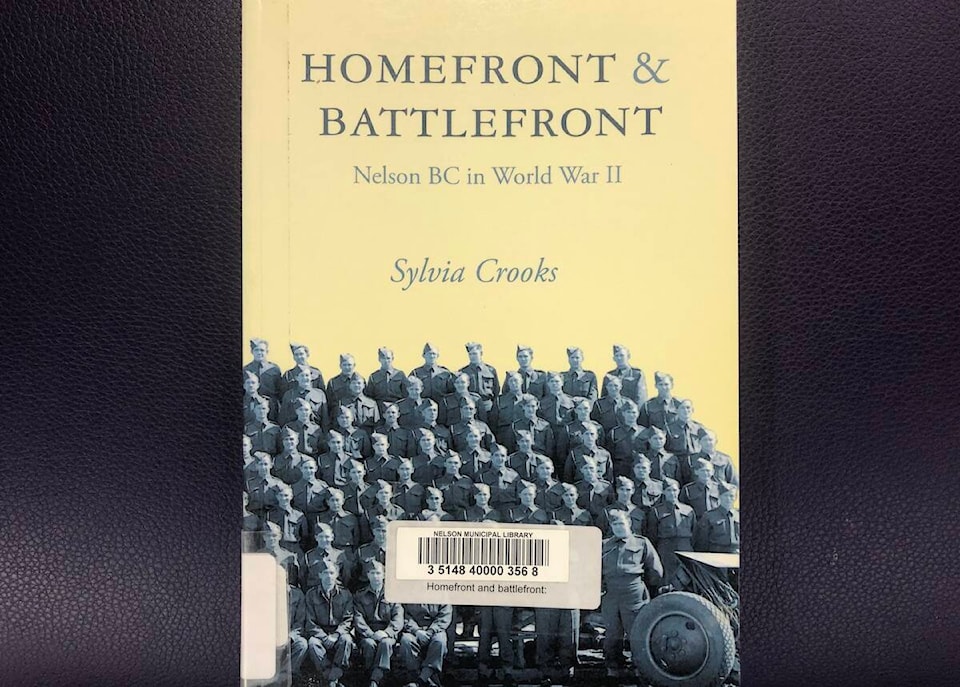by Tom Shorthouse
In the late 1990s, my sister Sylvia Crooks and I were visiting Nelson, our home town. One morning, on a sentimental hike around town, we stopped by the cenotaph which honours the young men from that city and neighbouring Kootenay districts who had lost their lives in each of the two World Wars. Visiting such a memorial often leads to a sobering and reflective time, and on that particular occasion Sylvia turned to me and pointed to one of the names, “I remember him”, she said. “He taught me to skate as a little girl. I wonder how he died.”
His name was Maurice Latornell, and she discovered that he had been an elementary school teacher in civilian life, taught skating as a hobby, and like many others eventually, and probably eagerly, volunteered for service with the RCAF, where he trained for service as a navigator within Bomber Command.
Syvia Crooks passed away in Vancouver on May 26.
With regard to Maurice’s death, Sylvia began a preliminary search through a variety of potential governmental and other sources, learning eventually that it is considered to have occurred on the 24 or 25th of March, 1944, a horrendous night that witnessed the loss of 72 air crews. In his case and many others that fateful day, the tragedies resulted from a combination of both bad weather conditions and intense German flak. Maurice Latornell’s age was listed as 27. Initially reported missing, his body later washed up at the mouth of the Elbe River in the same month that witnessed the D-Day landings in Normandy.
Sylvia is a skilled reference librarian with innate curiosity about subjects of special interest to her. I think that her latent strength in balancing the challenges this sad project presented might well be viewed as a personal gift of resilience many others do not have. Especially so when later she decided to set about reconstructing the fateful histories of each of the other sixty-five men who were lost in the brutal 1939 to 1945 conflict.
When possible, she sought and touched base with elderly relatives, often widely scattered, whose reminiscences were able to add a humanity missing from official data. They, and family generations born since those years, must treasure their copies of her 2005 publication entitled Homefront and Battlefront: Nelson BC in World War II.
But this is not all. Sylvia tackled an even greater challenge in recounting the tragic stories of 250 other names appearing on the other side of the Nelson memorial monument: the deaths of the 1914-1918 war combatants. It is entitled Names on a Cenotaph: Kootenay Lake Men in World War I, and was more difficult to produce of course because nobody of that generation was left to consult.
I am so proud of what Sylvia accomplished. It was and is her personal gift to the people of Nelson.
READ MORE:
